Here is my story on him from that interview from 2016.
Santa Cruz based luthier, engineering genius and all around rock star Rick Turner has built his life around music, and perhaps music has built a life around his work. Rick Turner is someone whose life has taken so many loops, turns and 180 degree backflips, therefore, I am befuddled as to where to begin a story about this man. Overall, I suppose that there is not so much a beginning and an end to his story, but a continuous narrative of adventures and hard-won luck.
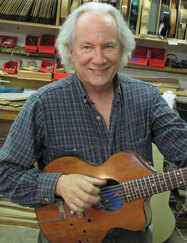
Let us begin with an analogy about the guitar, as guitars have been a central character in the story of Rick's life....
Guitars begin as chunks of wood waiting to be transformed into vehicles of artistic expression by caring and talented hands. Each one is uniquely crafted, some even hand-made, comprised of many components that are fused to form one instrument. Every instrument collects the mood and spirit of not only the hands and life of the maker, but the experiences of the musician who will one day hold it in their arms like a cherished lover and make her sing with her own stringed-voice.
Rick Turner, a mischievous, sparkly-blue-eyed guitar maker, music maker, well-known electronics genius and inventor is just one of those well-crafted humans. He has taken all aspects of his life, every piece of the puzzle of his existence, and he has created a world filled with so many of his life’s own songs.
Music has been a part of Rick Turner’s life since he was a wee lad growing up in various New England states where he was part of a household that cherished music. “I don’t remember music NOT being a part of my life. In the late 1940s and early 50’s, my parents had a nice collection of 78’s and they listened to the radio, usually classical stations. Then when 45’s and 33 1/3 records came out, my dad started buying a lot of guitar records; jazz, classical, and flamenco.”
Rick began to take on music with a more personal focus even before he was a teenager. “I built my first mono hi-fi (from an Eico kit) when I was about 15 and got into folk music. My grandmother bought me a little Stella guitar when I was 11, then some bongo drums and a conga drum. When I was 15 or so, I found a nice Fairbanks and Cole 5 string banjo in an antique store and taught myself how to restore it. I bought a Harmony Stella 12 string when I was 16, then a nice little Martin 2-17 that I’d found at a friend’s house, it belonged to his mother and she sold it to me.”
In 1962, while at Boston University, Rick met musicians Lowell Levinger, aka Banana, (who later became part of The Youngbloods) and Michael Kane. The men formed a folk trio called Banana & The Bunch and they began performing music in the Cambridge folk scene. With his guitar chops now honed to a fine-tuned level, Rick began to gig regularly in 1965 with the folk duo Ian and Sylvia, who, as a band also utilized the talents of future "Cream" producer & "Mountain" bassist Felix Pappalardi. Rick toured the Unites States and recorded on two of their albums, “Live at Newport” & “Play One More.”
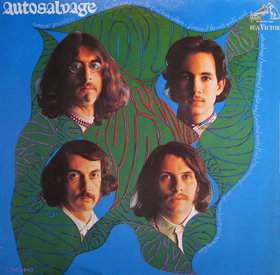
Rick is top right
Rick’s rock star career began with Autosalvage, the 1960’s avant-garde psychedelic rock band from New York. The band’s first and only record, the self-titled Autosalvage (1968) received a rave review from Rolling Stone magazine, although oddly, the band broke up before that happened. Rick played electric & acoustic guitar along with bass player Skip Boone, drummer Darious LaNoue and guitar and vocalist Thomas Danaher.
“Playing with Ian and Sylvia defined my acoustic guitar player phase,” reminisces Rick, “Autosalvage was my introduction into electric music and getting more hands-on both as an electric luthier and also understanding recording studios.”
Now with “talented musician” and “rock star” under his belt, and because we must change our song when life starts to get dull, Rick was ready to take a different route with his life. Rick was going to head west, he was ready for something new.
Opus 2: The Song of The Luthier and Electronics Genius:
Some people are born with an aptitude for learning. Sometimes understanding of abstract concepts and unusual ideas are innate. With Rick, that’s sort of how things were for him.
The electronics of sound and the design of an instrument has been a passion of his since he was little, making crystal radios at 10 years old and he was soldering parts together in Junior High to make transistor radios. “I made an Eico kit hifi unit, an integrated preamp/amplifier, and made what was literally a bookshelf loudspeaker unit at boarding school. It had a small speaker enclosure with a shelf above and a shelf below. So, that was the beginning”
Since his early childhood experiments in electronic engineering, Rick has built an impressive resume. He has worked for Gibson Labs doing product research and development, he has done tech support and done sound mixing for the popular 60’s band The Youngbloods, which led to another gig as a sound engineer for The Grateful Dead, where he eventually became one of the creators of their famed and infamous “Wall Of Sound.”
Rick was instrumental in creating the first ever magnetic pickups, which would, later in his life, help him create the company D-Tar (Duncan-Tuner Acoustic Research).
“1967 when I was playing electric guitar in New York in Autosalvage, I started to put a pedal board together with effects. I eventually cobbled together a guitar with “stereo” wiring; two pickups on one channel and the third on the other plus I built in some of the smaller effects, a Vox treble booster (trouble booster!) and an early fuzz tone. So when I moved to the West Coast and decided to start building electric instruments, it was only natural that I’d make the pickups for them.”
He began building and designing his own guitars and created the first ever Model One, a specialty guitar in which he replaced the standard neck design with a laminated neck. He also redesigned the standard acoustic guitar body with a cylindrical arch that increased sustain and stability of the notes.
“One of the interesting things about when I became a part of the Grateful Dead scene was that I was considered a musician who just happened to take a turn into the more technical side of the operation; they related to me as a fellow musician. I think that led to a comfort level that extended and continues to extend to most of the musicians I work with and for.”
The Wall Of Sound helped set the standard for acoustic quality in a live concert experience in 1970’s. It was literally a wall of speakers, amps, pickups, microphones and electronics designed specifically for The Grateful Dead that made mixing live music easier and cleaner. At that time it was an engineering feat never accomplished before.
“We did know it was going to redefine the possibilities of quality live sound; we had no doubts. It was all built on very solid engineering principals,” remembers Rick, “We knew the limitations of the technology of that particular era, and we made choices to work around them. Frankly, nothing surprised us about it; it worked as designed. The only thing that didn’t work quite as we wanted was eliminating the monitor system. The guys in the band were spread too far apart not to depend on monitors, so adding them back in was the one concession.”
Being at Alembic and designing one-of-a-kind guitars and basses “helped define me as what Premier Guitar Magazine calls, ‘the father of boutique guitar making’”, says Rick. He started Rick Turner Guitars, an umbrella company of Rick’s boutique guitar making companies. Renaissance Guitars makes semi-hollow acoustic-electric instruments; Compass Rose focuses on ukulele’s and acoustic guitars; he makes solid-body basses with the brand Electroline and Turner Guitars tends to cover solid body guitars, mainly the Model 1. Turner Guitars is also used as the brand on the Buddy Holly guitar series, (yes, he rebuilt Buddy Holly’s guitar and now makes the signature-instrument line himself). He also builds guitar bodies for Henman Guitars out of his shop.
“For me there’s a process by which I store ideas in my head; they can come from anywhere, be it from reading about carbon fiber bicycles in 1976 which led directly to carbon fiber bass necks and my first patent; or seeing the cathedrals of St. Denis and Notre Dame in Paris and understanding the utility of the flying buttresses supporting the roofs which led to applying that concept inside acoustic guitars. When enough ideas stack up they rearrange themselves in my head and then I have all the elements I need for a new design.”
And of his future, Rick has only these small dreams.
“I’d like to eventually be back in a one-man shop building just what I want to without commercial pressures. I’d like to maybe have a waiting list for undefined instruments,” says Rick. “I’d like to be able to pursue invention ideas more freely. I’d like to be free to pursue more art projects and collaborations with interesting musical and visual artists. I’d like to be able to spend more time working with my friends at the Museum of Making Music, curating special exhibits. I’d like to have the time to restore my collection of vintage instruments, too many of which need major work. I guess all of that should keep me busy well into my 90’s.”
On one hand, Rick’s life has seen many fun adventures and he has made his success look easy. On the other, he has paid his dues and has worked hard to become who he is. Perhaps his greatest asset is his sheer enthusiasm for expressing creativity through the fairly technical trade he has made a career out of.
“You have to have or develop the chops to be a full participant in your scene. No groupie bullshit. No being a sycophant. No bullshitting your way along. If you can’t deliver the goods, be a partner on equal footing with the other creative people on your scene, you don’t belong. That means being willing to work your ass off.”
“My life’s been a combination of pure luck along with the instincts to make the most of the luck. I’ve usually been quite conscious of my good fortune, and I’ve also worked hard to earn my place in it all. I’ve never felt out of place, and I always felt that I had a lot to offer whatever scene I was a part of.”
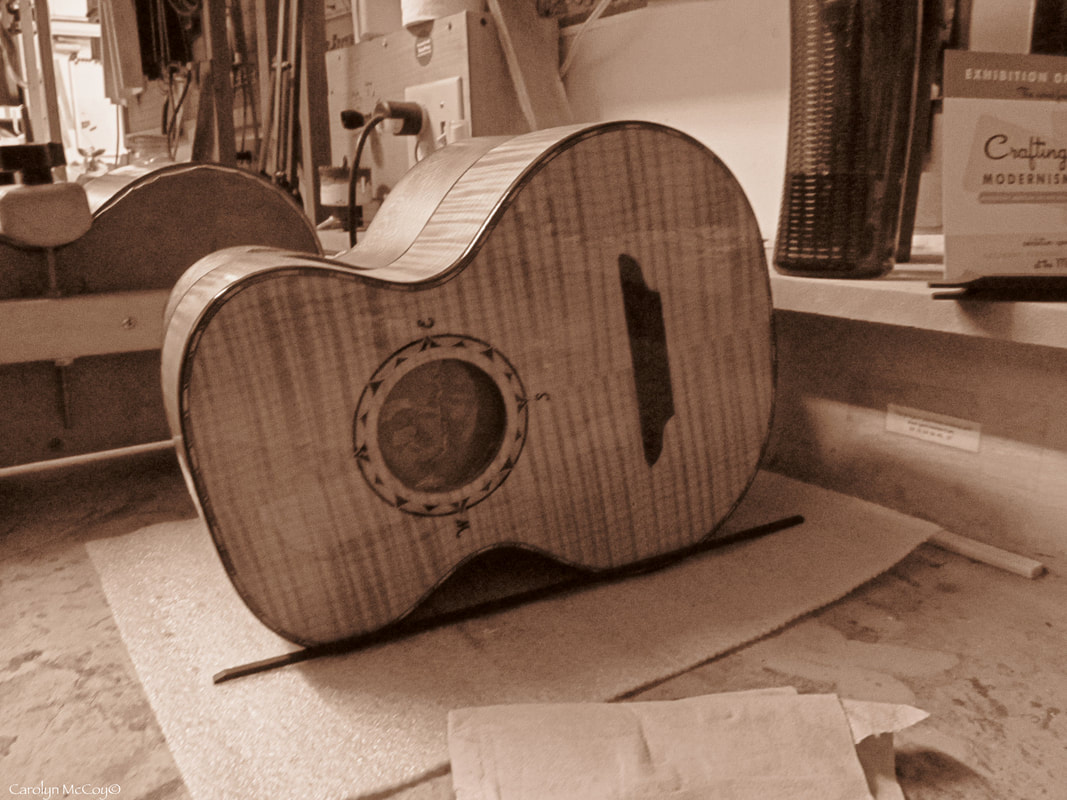
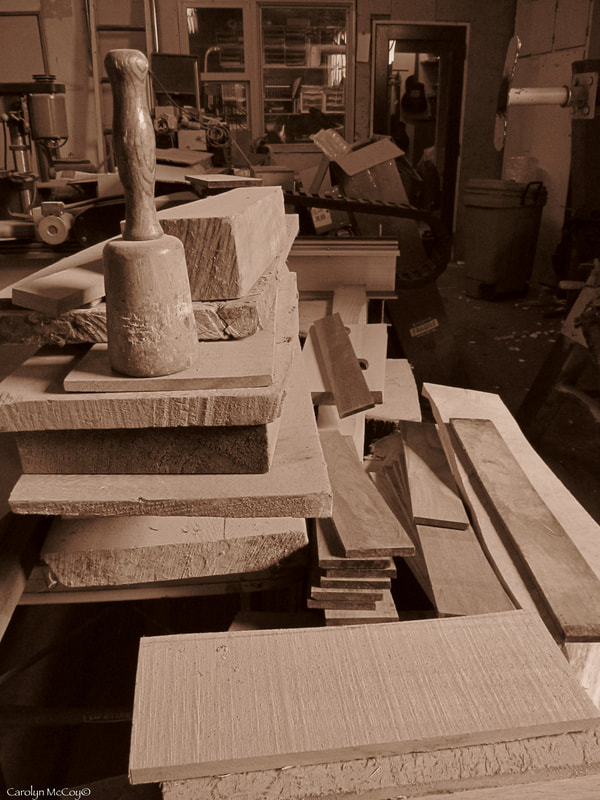
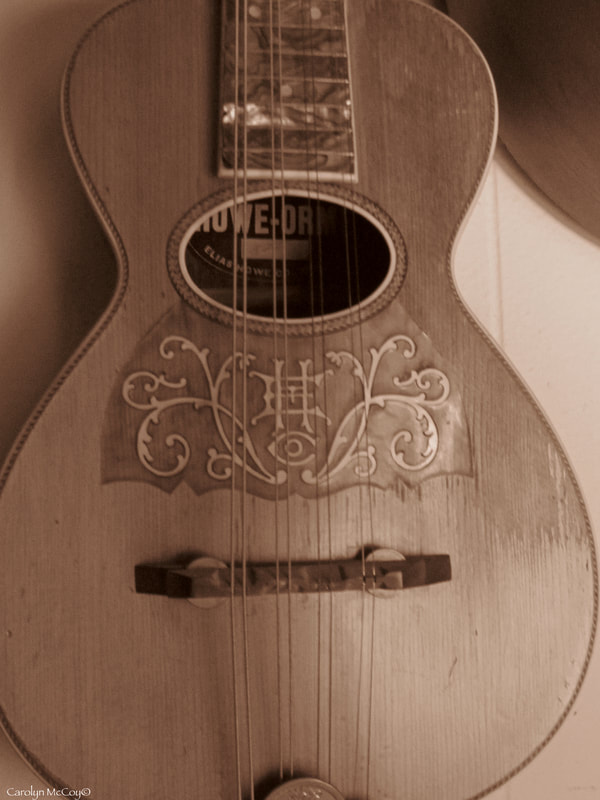
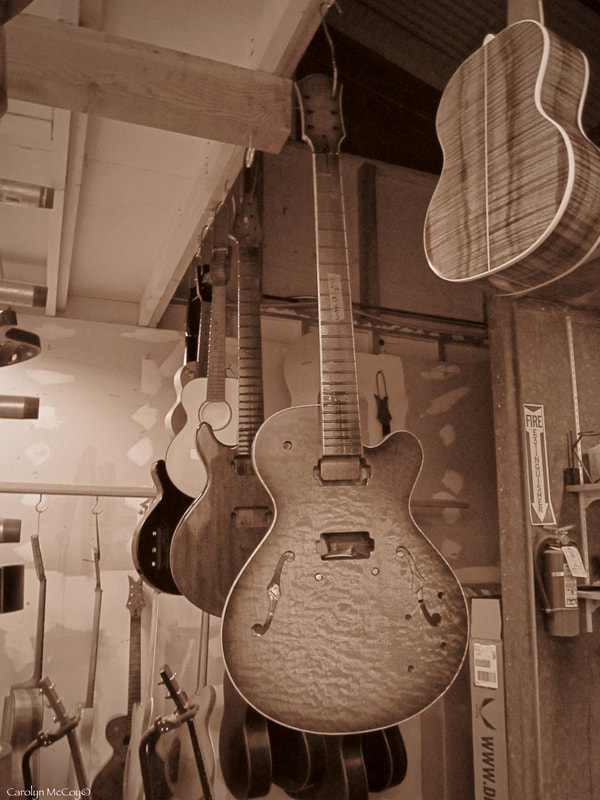
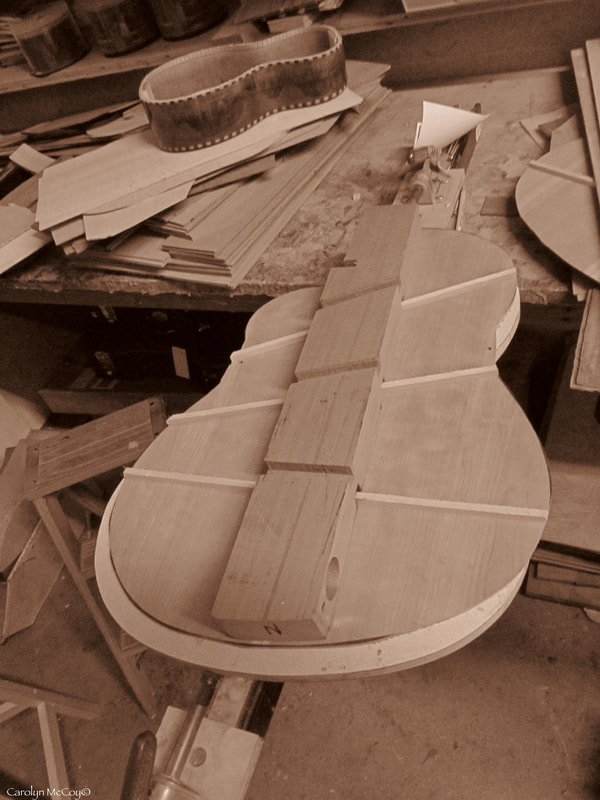
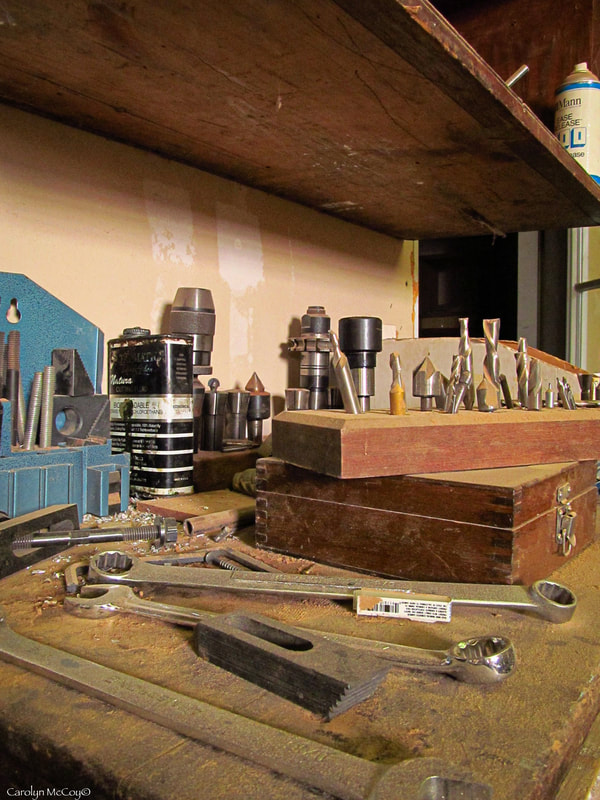
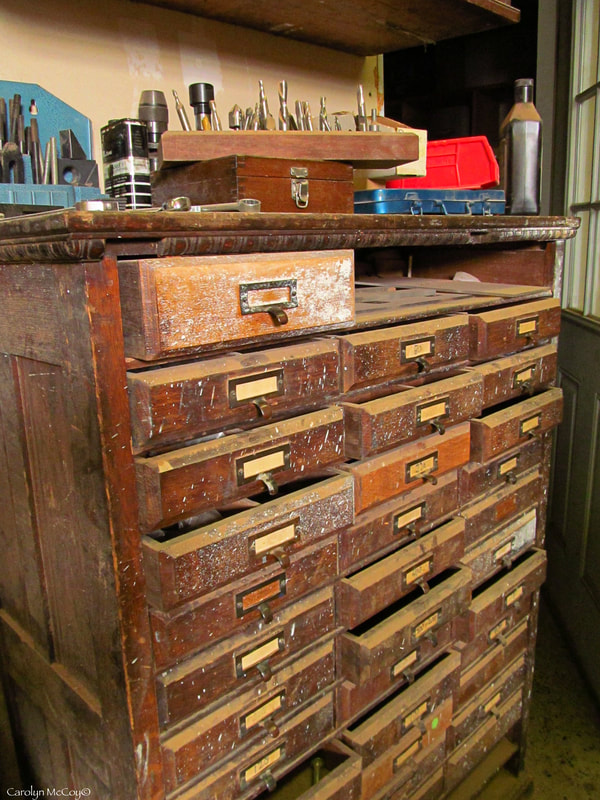
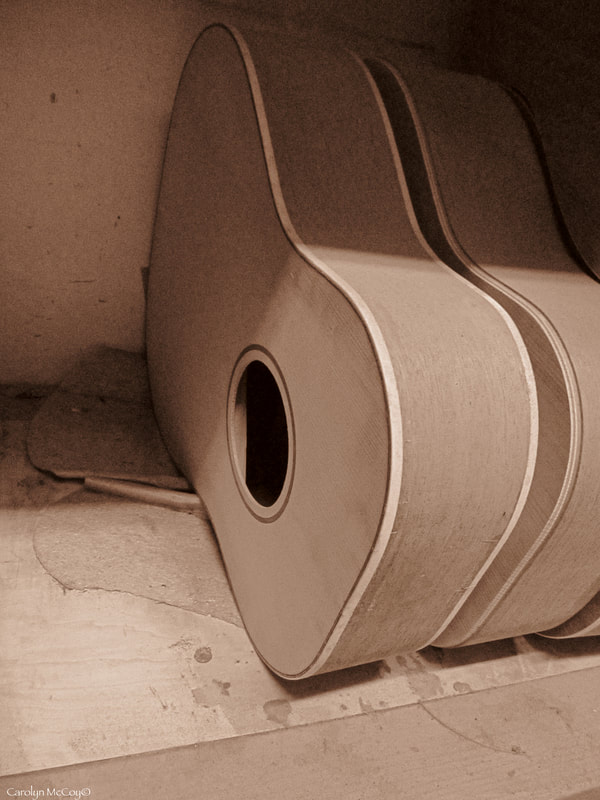
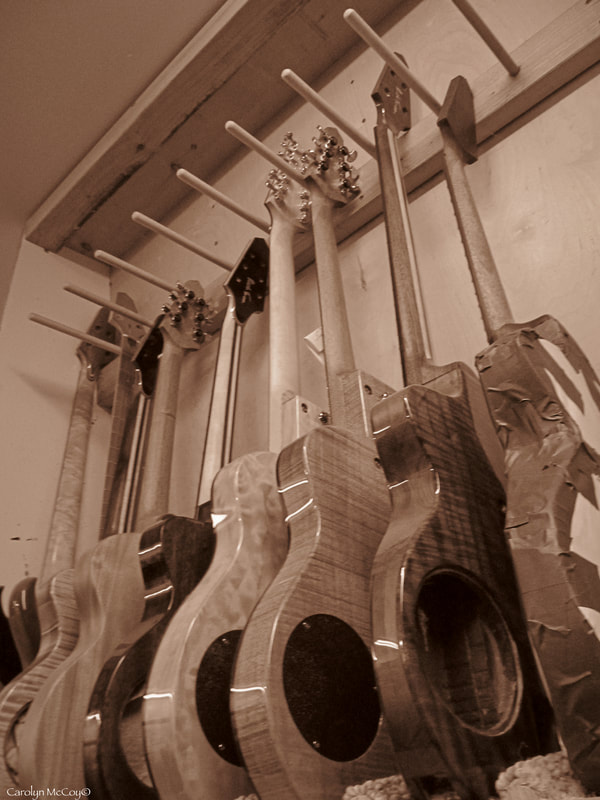
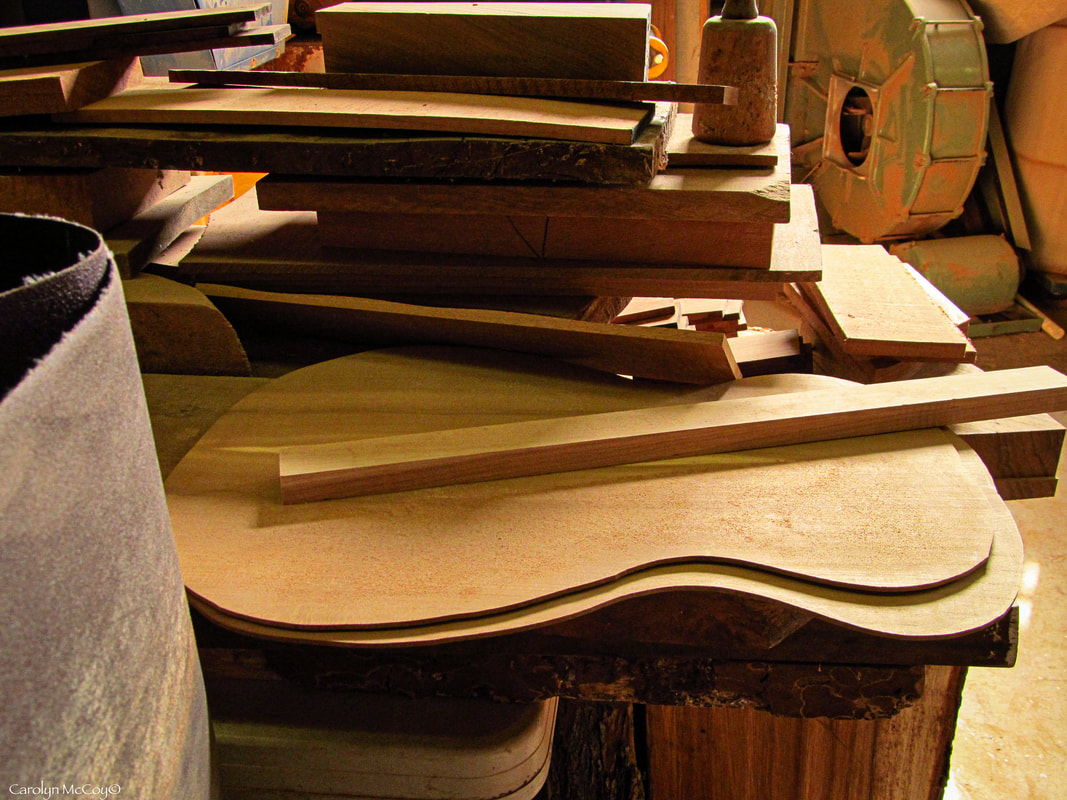
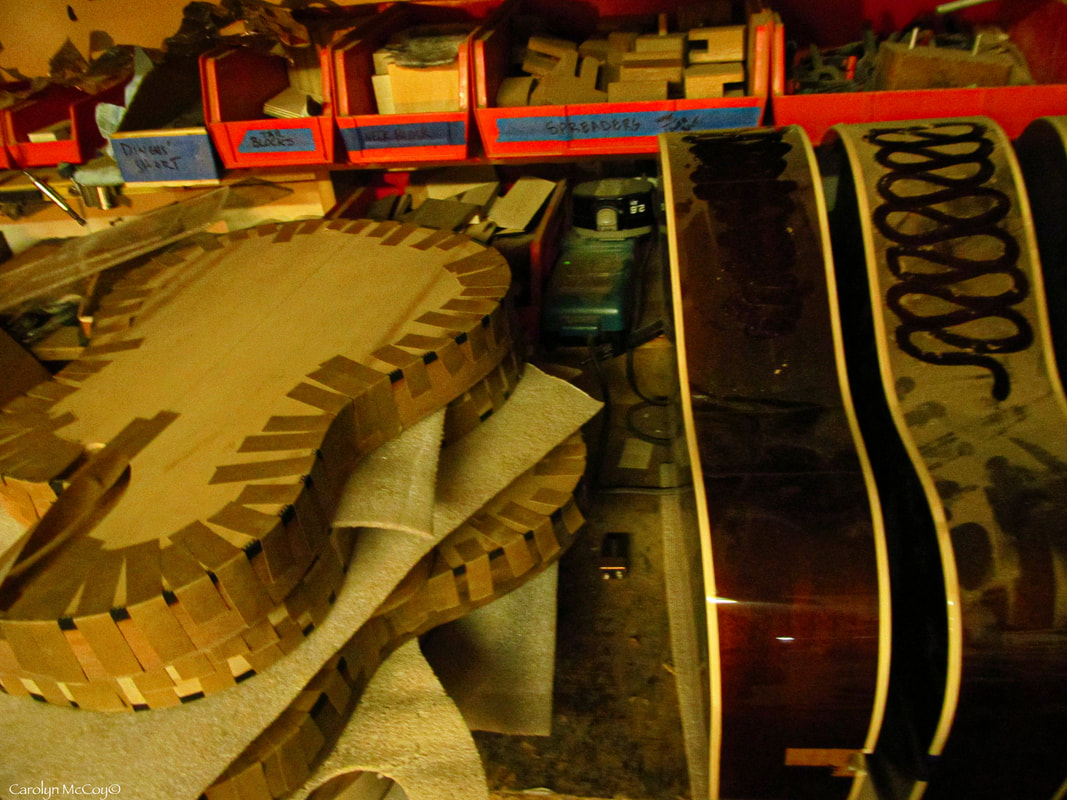
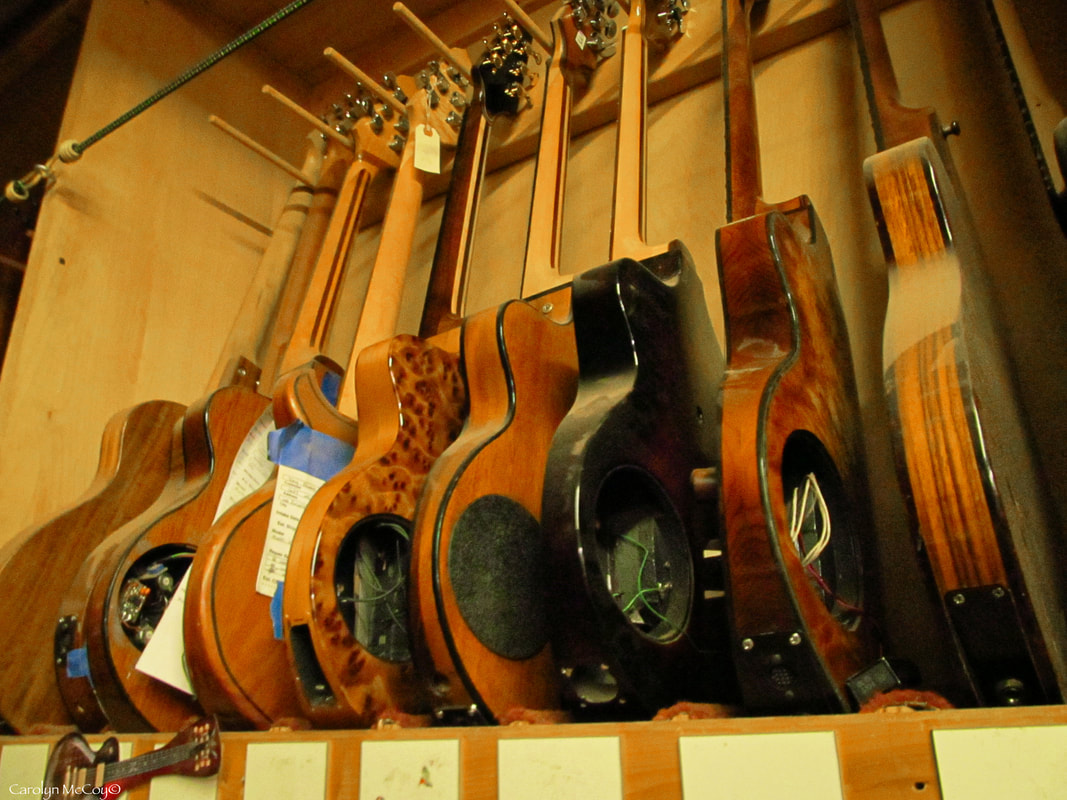
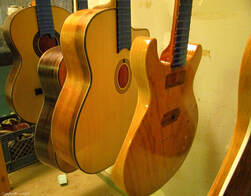
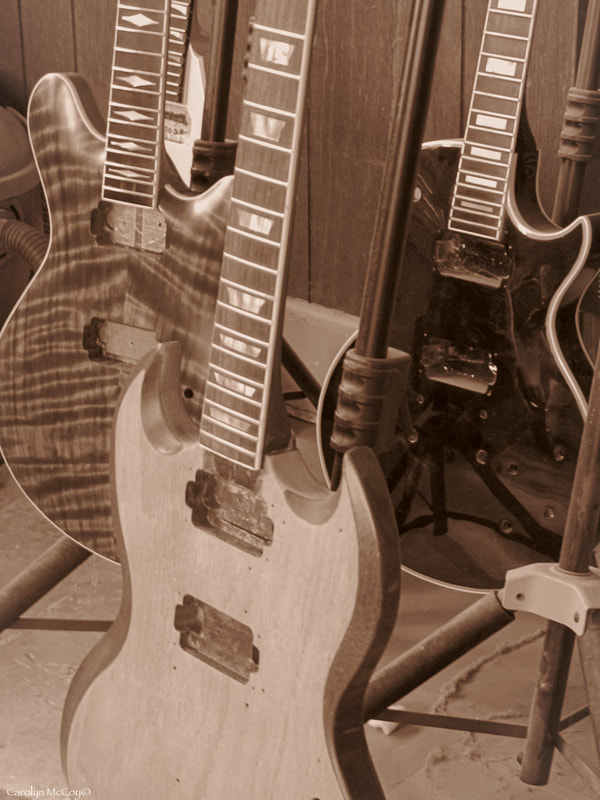
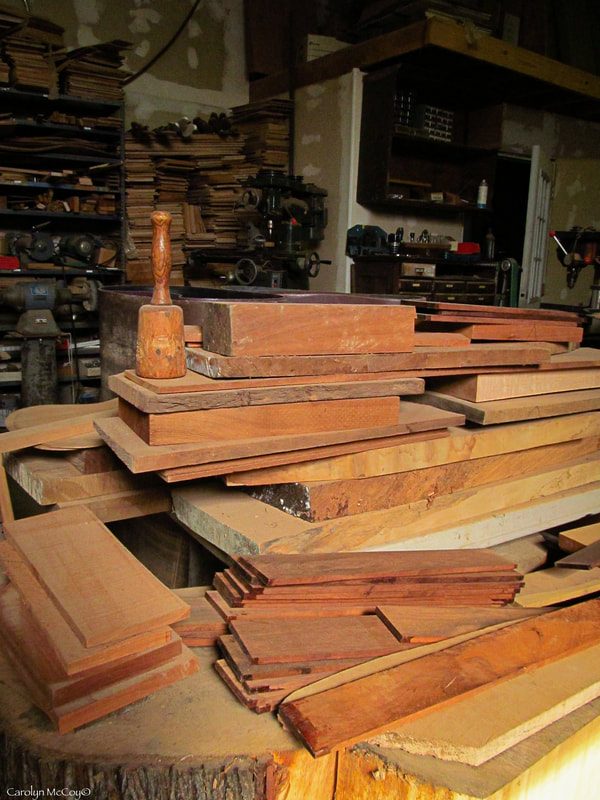
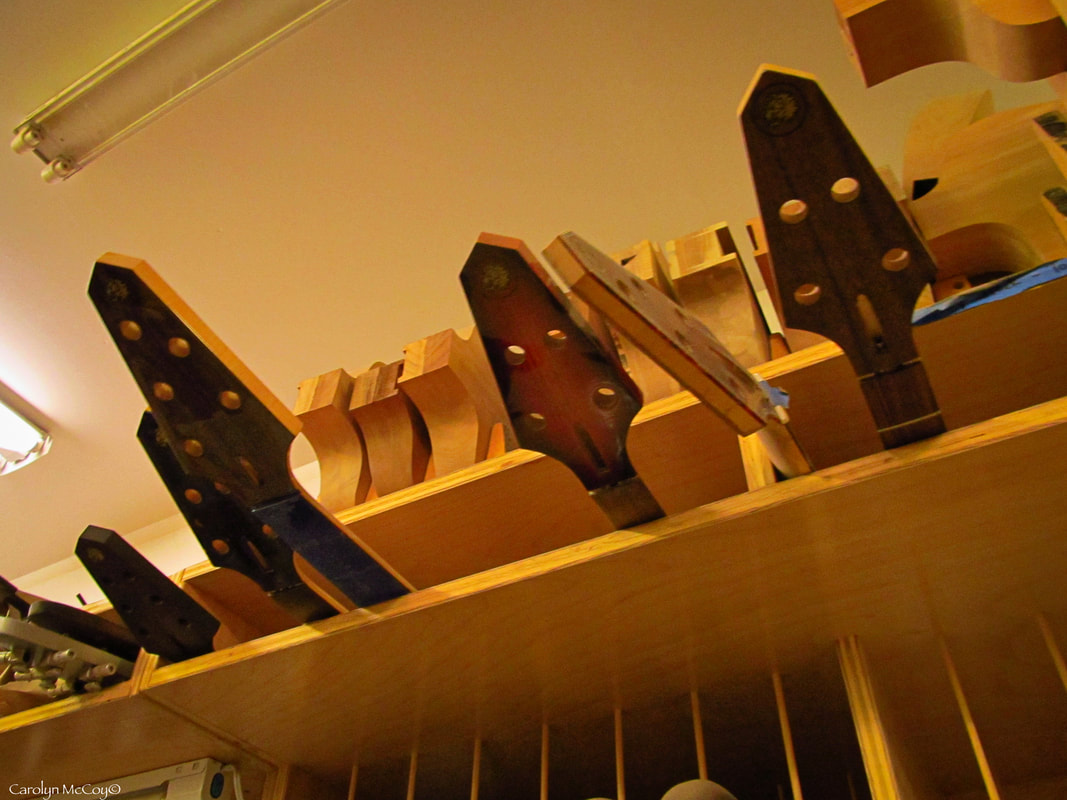
 RSS Feed
RSS Feed
